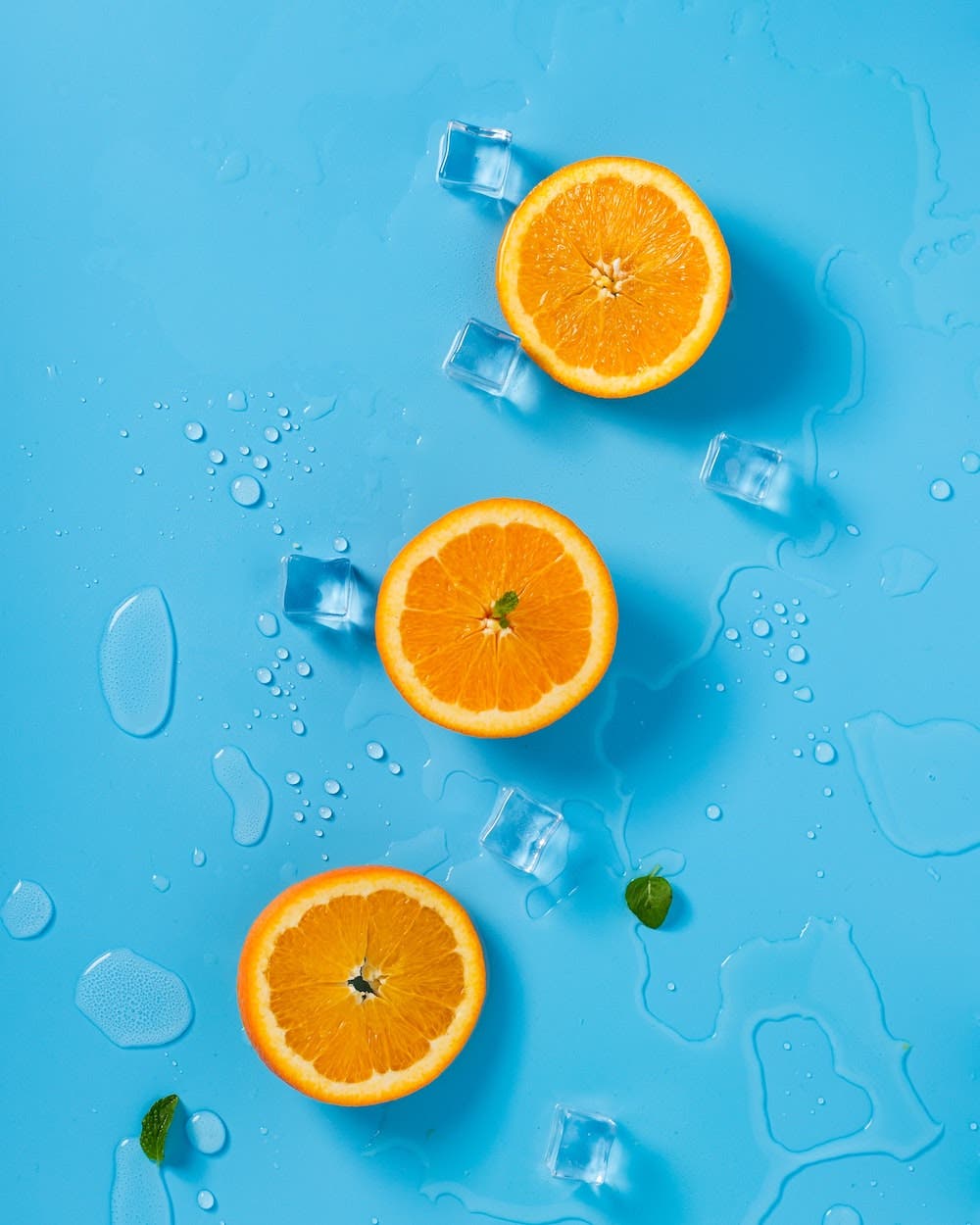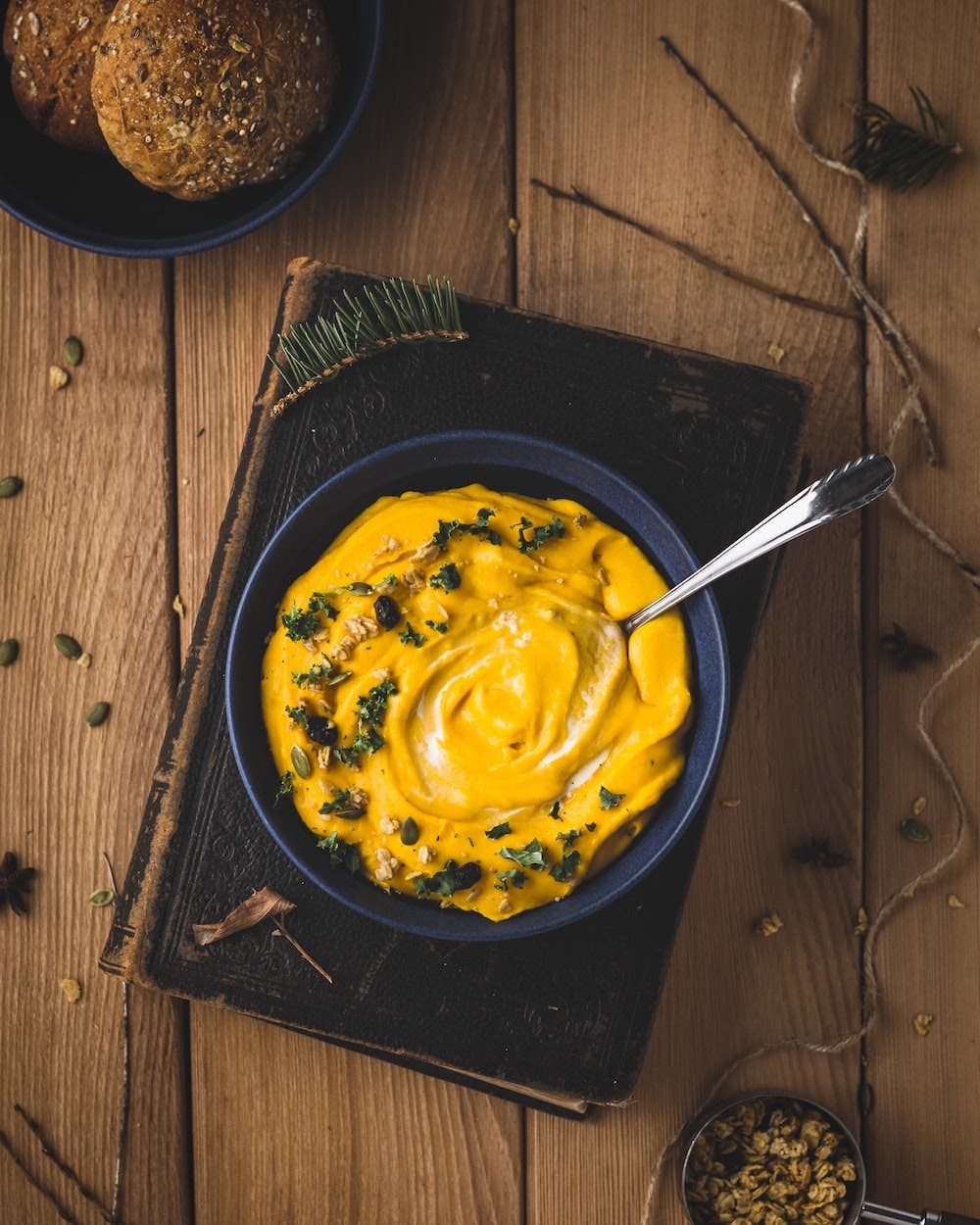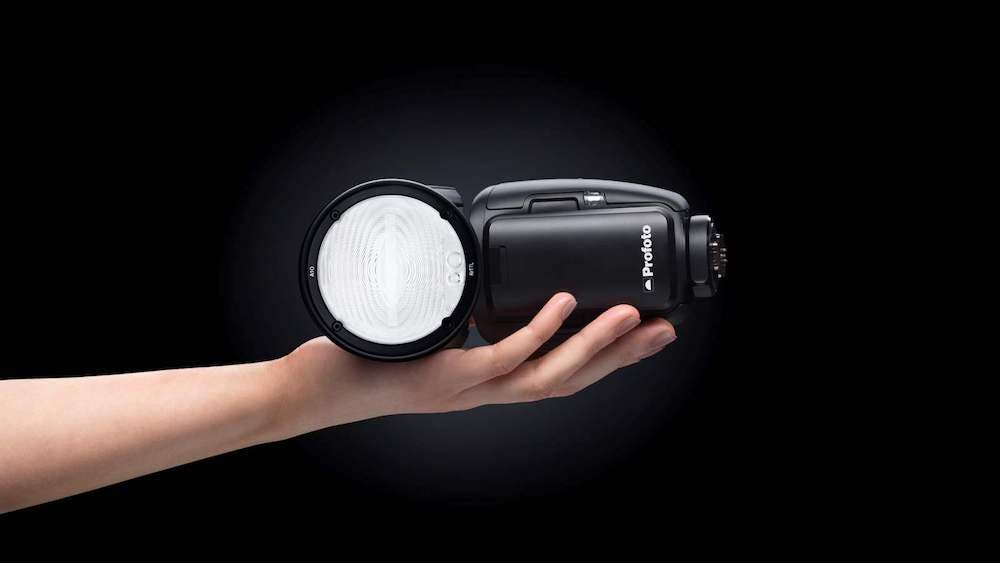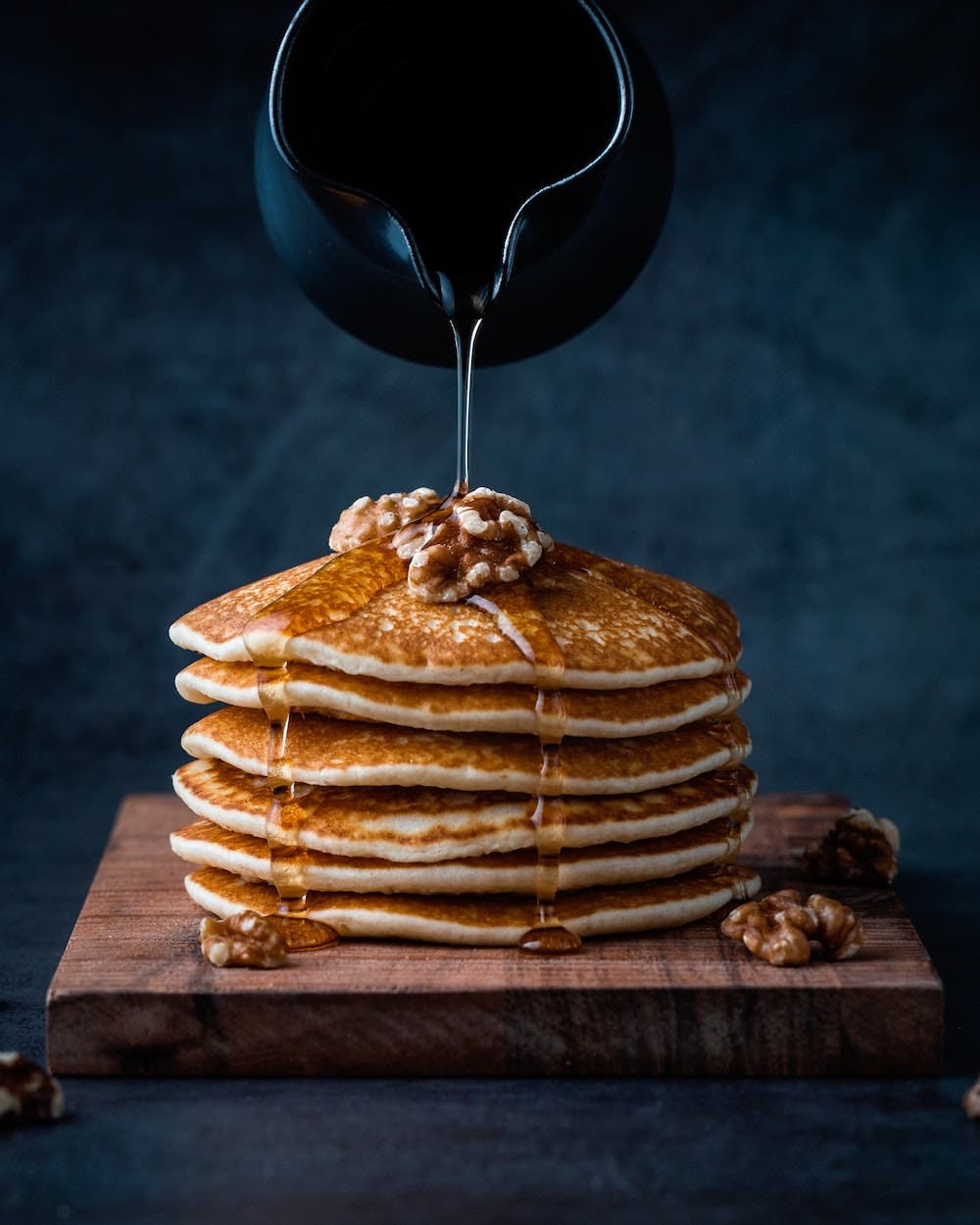When it comes to photography, still life photography is often overlooked. But this type of photography can be a lot of fun – and it can also be a great way to learn the basics of photography.
For many photographers, still life photography is the perfect way to hone their skills. It allows them to focus on composition, lighting, and other elements of photography without having to worry about moving subjects. In addition, still life photography can be incredibly challenging, as it requires the photographer to find interesting ways to arrange their subjects. As a result, still life photos can often be stunning and visually arresting. For these reasons, many photographers continue to be drawn to this fascinating genre of photography.

In this guide, we will explore some of the best techniques for creating stunning still life photos. From using tools to learning tips, we will cover everything you need to know to create beautiful still life images.
What is Still Life Photography?
Still life photography is a genre of photography that focuses on capturing inanimate objects. This can include anything from flowers and fruits to kitchen utensils, products and tools.
The term “still life” comes from the Dutch word “stilleven,” which literally means “quiet life.” Still life photography dates back to the 16th century when Flemish painters began creating detailed oil paintings of everyday objects. Today, still life photography is still popular among artists and photographers who appreciate the challenge of aesthetically capturing the beauty of ordinary objects. While still life images can be created with any type of camera, many photographers use a mirrorless or DSLR camera to achieve high-quality results.
Different Types of Still Life Photography
In still life photography, the photographer has complete control over the scene, so they can take their time to perfect the composition. When it comes to still life photography, the best way to categorize the type of photo can be summed by either “found still life” or “created still life.”
Found Still Life
Found still life is a type of photography genre that uses found objects as the primary subject matter. The term “found object” refers to any everyday object that has been repurposed for use in a photograph, artwork, or similar medium. Found still life photos often incorporate common household items such as plates, cups, bottles, and books, and it’s up to the artist or photographer to determine the best way to capture the object creatively.

If you look back in history, found still life has its roots in the Dada and Surrealist movements of the early 20th century. Artists like Pablo Picasso and Marcel Duchamp were known for incorporating found objects into their works, often with humorous or subversive intent. Today, found still life remains popular with photographers for the following reasons:
- Found still life offers a creative way to explore the world around us. It allows photographers to find beauty in the everyday and capture it in a photo.
- Capturing photos with this genre in mind is relatively easy to set up and photograph. Unlike other genres of photography, found still life does not require expensive gear or complicated lighting setups.
- These types of photos can be very striking and visually appealing. When done well, they can look like works of art.
Created Still Life
In still life photography, created still life refers to a scene that has been specifically arranged for the purposes of taking a photograph. This is in contrast to a “found still life,” which is a naturally occurring scene that the photographer simply happens to come across.

Creating a still life scene generally involves choosing and arranging objects in an aesthetically pleasing way, often intending to convey a certain mood or message. For example, a still life scene might be designed to look playful and lighthearted, or somber and reflective. In addition to selecting the right objects, created still life often makes use of lighting techniques to further set the desired tone.
One common lighting technique used for still life photography is known as split lighting. This involves placing the light source to one side of the subject so that half of the subject is illuminated while the other half remains in shadow. This can create a sense of drama and contrast, making the subject more interesting to look at.
Still Life Photography Ideas
As a photographer, you know that sometimes the best shots come when you least expect them. Candid shots of friends and family, animals, or even complete strangers can sometimes be the most meaningful. But what about those times when you want to plan a shoot? When you’re feeling creative but don’t have a specific subject in mind? That’s where still life photography comes in.
Still life photography is an excellent way to get creative and try out new techniques without relying on a live subject. If you get stuck with some ideas, try these out at home or in your studio setup.
Capturing Food
You’ll need a few things to capture stunning food still life photos. First, find a subject that is inspiring — something that makes your mouth water just by looking at it. Make sure the subject is enticing, whether it’s a freshly baked cake topped with decorative icing or a colorful fruit salad. Once you’ve found your subject, set it up in a pleasing composition. Consider the background, the light, and the angle. All of these factors can affect the overall image.

When you’re ready to shoot, use a tripod to keep the camera steady and use a low ISO to avoid grainy images. And finally, don’t be afraid to experiment with how you set up the food and the angle from which you capture the still life photo.
Read How to Set Up for Food Photography for more advice.
Photograph Flowers or Plants
Taking still life photos of flowers and plants can be a rewarding experience. With patience and attention to detail, you can capture the natural beauty of these subjects. You’ll find that choosing the right location is critical; otherwise, it can leave the subject looking dull and flat. So, look for an area with indirect lighting and minimal shadows; generally, a north-facing window is often a good choice.
Then, select your subjects carefully. Flowers and plants come in various shapes, sizes, and colors. It’s best to choose specimens that are in good condition, and that will complement each other.

After finding the location and subjects to photograph, pay attention to the background. A clutter-free background will help your subjects stand out. Take your time. The best flower and plant photos are often the result of multiple tries. Experiment with different angles, lighting, and compositions until you find one that works well. With practice, you’ll be able to capture stunning still lifes that showcase the beauty of nature.
Learn more at 5 Tips for Better Flower Photography.
Still Life Photography Equipment
Lenses
When it comes to still life photography, the type of lens you use can make a big difference in the quality of your photos. Some of the recommended lenses for this photography genre fall into the following categories:
Macro Lenses
Before making a new macro lens purchase, it’s important to understand the difference between macro and non-macro lenses. Macro lenses are designed for close-up photography and have a minimum focusing distance of around 1:1. This means that they can capture intricate details that would be invisible to the naked eye, making them ideal for still life photography.

Non-macro lenses, on the other hand, have a minimum focusing distance of around 1:4 or 1:5. This makes them better suited for general photography, but they often lack the ability to capture fine details. With this in mind, two of the top-rated macro lenses for still life include a Canon 100mm and Sony 105mm lens.
Canon RF 100mm f/2.8 L Macro IS USM Lens
This top-rated lens is a versatile option that can be used for both close-up and general photography. It has a minimum focusing distance of 0.86′ (0.26m), making it ideal for capturing detailed close-ups.
Sony FE 90mm f/2.8 Macro G OSS Lens
As Sony users can testify, this exceptional lens is ideal for still life. Suited for full-frame cameras (E-Mount), users can get within a minimum focusing distance of 11.02″ / 28 cm to capture superb close-up photos allowing photographers to obtain abstract or true-to-life images of their subjects.
Wide-Angle Lenses
When it comes to still life photography, wide-angle lenses can be extremely useful. By capturing a large field of view, they allow you to include more elements (or larger objects) in your composition. This can be helpful for conveying a sense of scale or creating an interesting juxtaposition.

There are many wide-angle lenses on the market, and the best one for you depends on your specific needs and shooting style. However, we find many photographers are drawn to two popular wide angles, including:
Nikon AF-S Nikkor 14-24mm f/2.8G ED Lens
This ultra-wide zoom lens is a great choice for Nikon DSLR shooters. With a field of view that ranges from 114° to 84°, it’s perfect for capturing still life photos in the studio. And, thanks to its fast maximum aperture, it excels in low-light conditions and produces crisp, detailed images.
Sigma 14mm f/1.8 DG HSM Art Lens
This prime lens is a great option for anyone looking for exceptional image quality. With its huge 14mm focal length and fast f/1.8 maximum aperture, it’s perfect for low-light shooting and capturing still life photos with a shallow depth of field. Best of all, it’s available in various mounts, including; Sony E, Nikon F, Leica L, Canon EF, and Sigma.
Lighting
When photographing still life, it is important to consider the quality of light. The right light can help to accentuate textures and colors, while harsh light can create unflattering shadows. To help you obtain the perfect shot, we recommend using the following lighting accessories; a speedlight, softbox, and a high-quality reflector.
Speedlights
Speedlights are small, portable flash units that can be handheld or mounted on a camera’s hot shoe. When taking photos of stationary objects, a speedlight can help capture the perfect shot. First, set up your scene in a well-lit area. Then, attach the speedlight to your camera and point it at the subject. The position of your speedlight will vary depending on the desired effect. For most still life photos, you will want to position the light so that it illuminates the subject from the side or from behind.

Set the flash to “TTL” mode and take a test shot. If the photo is too dark, increase the power of the flash; if it is too bright, decrease the power. The power output of your speedlight can be adjusted to control the amount of light that is emitted. For still life photography, you typically want to set the power output to somewhere between 1/16 and 1/2 power. Once you have found the ideal settings, take several shots from different angles to capture the best possible view.
Profoto A10 On and Off Camera Flash
The Profoto A10 is a flash unit that can be used for still life photos on and off camera. The popular flash has a maximum output of 76 Ws, making it powerful enough to cover small objects or larger still life sets. The flash is available in various compatibilities, including Canon, Fujifilm, Nikon, and Sony.
Softboxes
The aim is to create a softer, more flattering light. A softbox is a lighting device that helps to create a soft, diffused light. This can be extremely helpful when taking a still life photo, as it minimizes harsh shadows and can help to bring out subtle details in the subject.

To use a softbox, position the lighting accessory to face the subject. Then, you will need to attach the softbox to your light source (either a strobe, speedlight, or compatible continuous LED light). Once the softbox is in place, you can turn on your light source and adjust the power until you have achieved the desired effect. If you are looking to set up a home studio, we highly recommend the following softbox for still life work along with the
Godox QR-P90 Quick Release Parabolic Softbox (35.4″)
Designed to work with continuous and strobe lights from various brands, photographers can expect a soft light that’s affordable while being an ideal parabolic softbox solution for still life photography.
Reflectors
One of the simplest and most effective ways to improve your still life photography is to use a reflector. Reflectors come in various sizes, shapes, and materials, but they all serve the same purpose: to bounce light back onto your subject. This can fill in shadows, add brightness, or create a more even light source.
When using a reflector, you will need to experiment with different angles and distances to get the desired effect. However, some general guidelines can help you get started. First, position the reflector so that it is opposite the light source. This will ensure that the maximum amount of light is reflected onto your subject. Then, experiment with different angles until you find one that creates the look you want. Be sure to keep the reflector close to your subject; if it is too far away, the light will be diffused and will not have as much impact.
Westcott Photo Basics 40″ 5-in-1 Collapsible Reflector, 2 Pack
Westcott’s 5-in1 Reflector is a must-have for still life studio environments. It features an adjustable round design, a one-stop diffusion panel with a removable cover, and four surface options that are ideal for filling shadows and reflecting soft light.
Still Life Photography Tips
Find an Interesting Subject
The first step to taking a great still life photo is to find an interesting subject. This can be anything from a bowl of fruit to a stack of books. The key is finding something that will capture and hold the viewer’s attention.
Create a Composition
Once you have found your subject, it is important to create a composition that is pleasing to the eye. This means arranging your subject in a way that is visually appealing. Try to avoid placing your subject in the center of the frame, as this can often look boring. Instead, experiment with different heights and angles to find what looks best.

Use a Tripod
Using a tripod will help you to take sharp, clear photos. This is especially important when taking close-up shots or photos in low-light conditions. A tripod will also allow you to take longer exposures, which can create some beautiful effects if you plan on capturing light trails or smoke to add interest to a still life scene.
Use a Shallow Depth of Field
One of the best ways to make your subject stand out is to use a shallow depth of field. This means setting your camera to a low aperture so that only the still life subject is in focus while the background is blurred. This creates a pleasing effect and helps draw the viewer’s eye to the photo’s subject.

Edit Your Photos Carefully
After you take your still life photos, take some time to edit them carefully before sharing them. Make sure to crop out any distracting elements and adjust the color, contrast, and exposure as needed. A little bit of editing can go a long way in ensuring you reach an artwork-worthy image.
Final Thoughts
We’ve now explored the different types of still life photography. We looked at what still life is and how it can be created or found. Then we delved into the equipment you might need for still life photography, including macro and wide-angle lenses, lighting equipment, and accessories. Finally, we wrapped up some tips to help you create beautiful still lifes in your own home studio.

If you’re keen to learn more about any of these topics – or if you have any questions about setting up your own home studio – don’t hesitate to get in touch with the Adorama team in-store, over the phone, or via live chat. We would love to help you take your still life photography skills to the next level.






